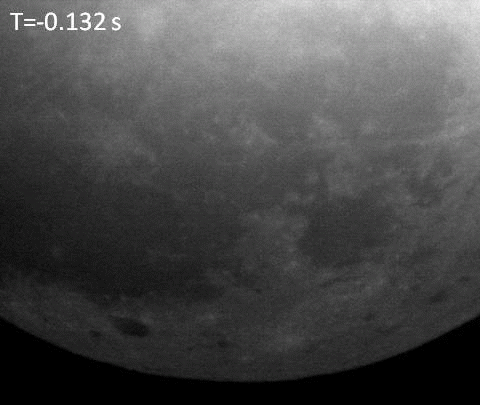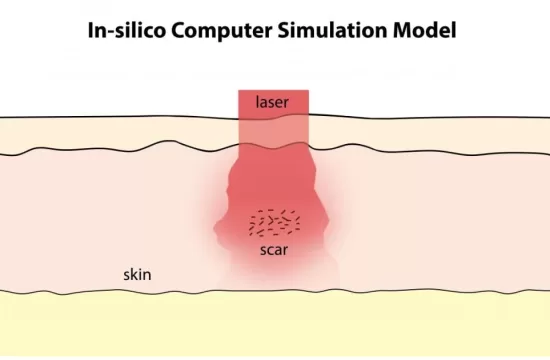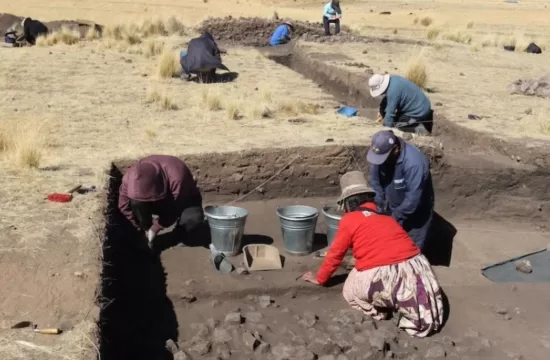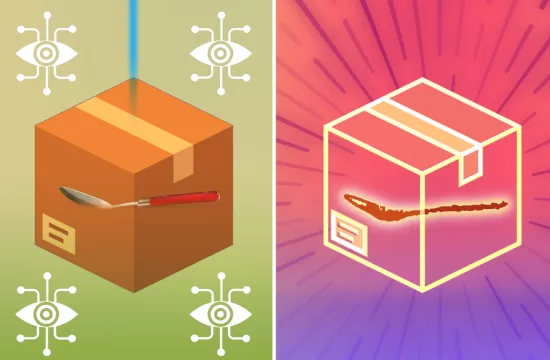
Every few hours observing the Moon, ESA’s ‘NELIOTA’ project discovers a brilliant flash of light across its surface – the result of an object hurtling through space and striking our unprotected rocky neighbour at vast speed.
Based at the Kryoneri telescope of the National Observatory of Athens, this important project is now being extended to January 2021.
Impact flashes are referred to as ‘transient lunar phenomena’, because although common, they are fleeting occurrences, lasting just fractions of a second. This makes them difficult to study, and because the objects that cause them are too small to see, impossible to predict.
For this reason scientists are studying lunar flashes with great interest, not only for what they can tell us about the Moon and its history, but also about Earth and its future.
By observing lunar impacts, NELIOTA (NEO Lunar Impacts and Optical TrAnsients) aims to determine the size and distribution of near-Earth objects (NEOs) – meteoroids, asteroids or comets. With this information, the risk these space rocks pose to Earth can be better understood.






